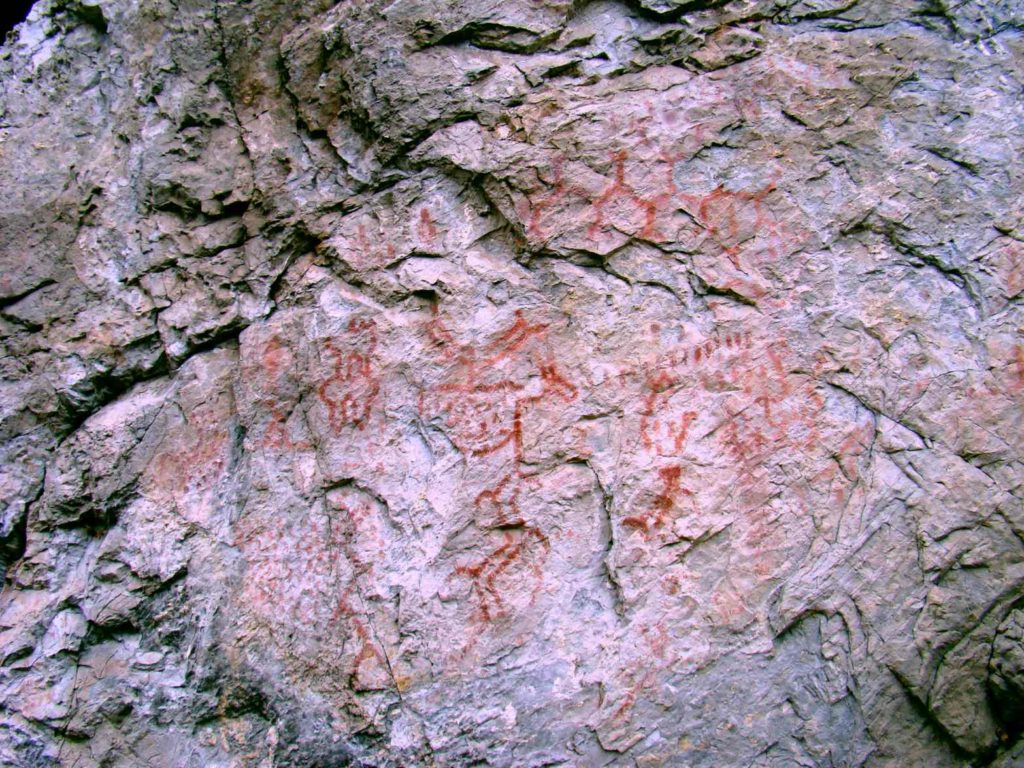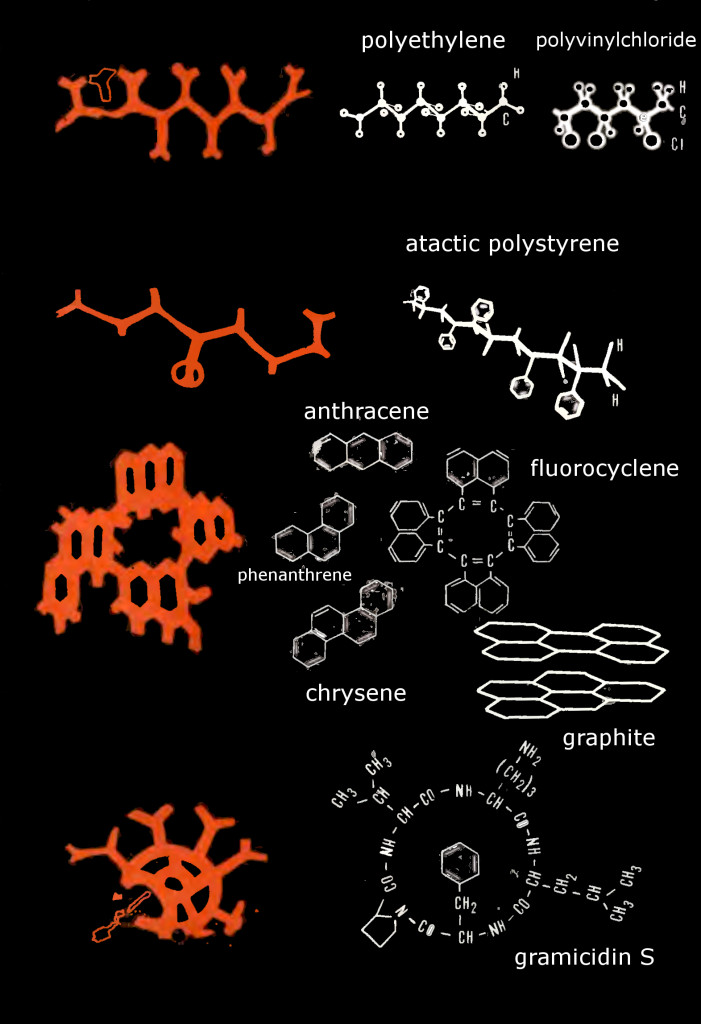Fascinating 5000-Year-Old Ural Petroglyphs Seem To Depict Advanced Chemical Structures
Fascinating 5000-Year-Old Ural Petroglyphs Seem To Depict Advanced Chemical Structures
It should not be conceivable, according to established scholars! A 5,000-year-old set of petroglyphs in Russia’s Ural area portrays several ‘advanced chemical structures’ and is regarded as one of the world’s biggest mysteries. But how did ancient civilizations learn about them thousands of years ago?
One of the numerous mysteries found in Russia’s Ural region is a vast area of enigmatic petroglyphs on the Tagil River, Neva River, Rezh River, Yurozan River, and other nearby sites.
The ancients carved various bizarre images and geometrical designs into numerous rocks. The incredible petroglyphs stretch for 800 kilometers from north to south and are found in different rock formations.
Mainstream archaeologists believe the elaborate designs were created between 4,000 and 5,000 years ago, depending on the source. What’s most remarkable about them isn’t their age, which is incredible in and of itself, but the significance that some of them are said to represent.
According to various researchers who have researched them, the strange petroglyphs are a combination of letters, symbols, and animals, a sort of ancient art that has been discovered in numerous rock drawings around the world.
On the other hand, closer analysis finds startling similarities between some symbols and exceedingly complex chemical formulas.
The Ural petroglyphs have been known for hundreds of years, and they have enthralled generations of people throughout history, and they continue to do so today. In truth, Tsar ‘Peter I’ (Russian Emperor) assigned scrivener ‘Yakov Losyov’ to the petroglyph sites in 1699 to construct an exact reproduction of the originals.
However, until Russian scholar Vladimir Avinsky, an Atomic, Molecular, and Optical Physicist, investigated petroglyphs, the petroglyphs received little attention.
Alinsky discovered that the 5,000-year-old petroglyphs and the formulae of some advanced chemical compounds had a special connection. But, tens of thousands of years ago, where did the ancients receive their wisdom?
According to Avinsky’s views, advanced extraterrestrial creatures visited ancient cultures all over the planet in the distant past, imparting vast amounts of information to ‘primitive’ cultures worldwide.
Vladimir Avinsky argues that the Ural petroglyphs depict sophisticated chemical formulas carved into the rock over thousands of years, such as chains and polygons used in organic chemistry.
On the other hand, closer analysis finds startling similarities between some symbols and exceedingly complex chemical formulas.
The Ural petroglyphs have been known for hundreds of years, and they have enthralled generations of people throughout history, and they continue to do so today. In truth, Tsar ‘Peter I’ (Russian Emperor) assigned scrivener ‘Yakov Losyov’ to the petroglyph sites in 1699 to construct an exact reproduction of the originals.
However, until Russian scholar Vladimir Avinsky, an Atomic, Molecular, and Optical Physicist, investigated petroglyphs, the petroglyphs received little attention.
The ancients drew hexagons and extended hexagons with several lines and many other geometric patterns to represent a variety of geometric shapes. Until now, conventional scientists have been unable to explain their importance.
According to Alinsky, the so-called “honeycomb” shapes represent chemical structures like those seen in graphite. On the other hand, additional petroglyphs depict a variety of bizarre symbols, one of which is supposed to mirror the molecular structure of antibiotics.
Surprisingly, Vladimir Avinsky even showed a group of chemists the confusing Ural pictograms. Many of them agreed with Avinsky that many chemical formulas are remarkably similar.
According to Alinsky, thousands of years ago, ancient people could not and should not have known this. Still, petroglyphs discovered in the Ural region resemble modern-day chemical structures, which cannot and should not be ignored as a coincidence.
The origins of the so-called Ural pictograms are still unknown, which adds to the Ural region’s archaeology intrigue. A growing number of scientists believe that this information was passed down to previous civilizations by visitors from the stars, who ancient societies worldwide claim visited Earth in the distant past and left messages for them.






